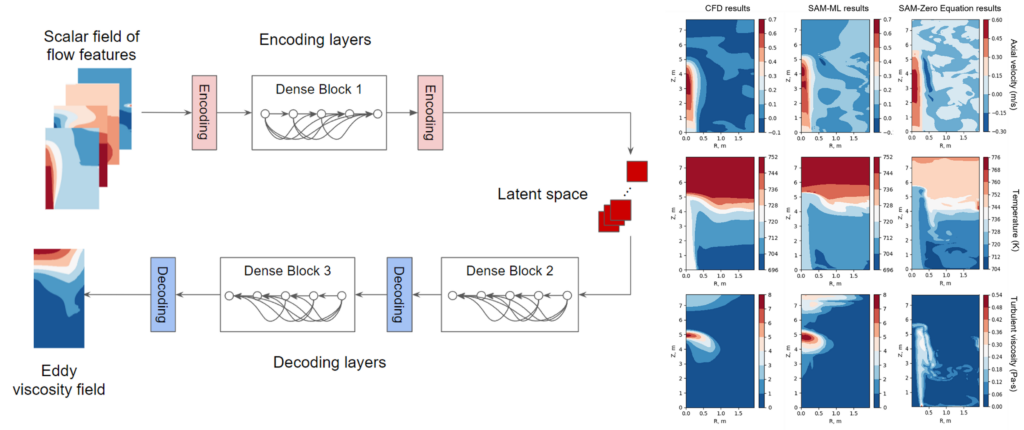
Modeling and simulation (M&S) are crucial in designing, analyzing, and operating nuclear energy systems, but face significant challenges in balancing computational efficiency with accuracy. The Multiphysics Object-Oriented Simulation Environment (MOOSE) framework-based M&S methods, like the System Analysis Module (SAM) and Navier-Stokes Module (NSM), offer efficient simulations of complex reactor systems but at a lower resolution, leading to less precise predictions, especially for advanced reactors. There are three main limitations: a gap between high-fidelity, resource-intensive simulations and efficient but less detailed ones; the inability to assimilate sparse experimental data into simulations; and inefficient coupling of multiscale/multiphysics simulations, which struggle with synchronization and maintaining stability and accuracy over time. These issues highlight the need for improved M&S tools that can accurately and efficiently model the complex transient phenomena in nuclear systems.
In response to these challenges, we propose to integrate advanced physics-informed machine learning (PI-ML) techniques into MOOSE. Our objective is to enhance MOOSE’s M&S tools, allowing them to maintain computational efficiency while significantly improving accuracy, especially in transient analyses of advanced reactor systems.
We successfully demonstrated this approach in two applications:


We are currently investigating applications in this topic including integrating numerical solver with neural network model through differentiable hybrid model; real-time data assimilation; and neural operator-based multiphysics coupling.
Selected Publications
- Liu, Y., Hu, R., Zou, L., & Nunez, D. (2022). SAM-ML: Integrating data-driven closure with nuclear system code SAM for improved modeling capability. Nuclear Engineering and Design, 400, 112059. DOI:10.1016/j.nucengdes.2022.112059
- Liu, Y., Hu, R., Kraus, A., Balaprakash, P., & Obabko, A. (2022). Data-driven modeling of coarse mesh turbulence for reactor transient analysis using convolutional recurrent neural networks. Nuclear Engineering and Design, 390, 111716. DOI:10.1016/j.nucengdes.2022.111716
- Liu, Y., Dinh, N., Sato, Y., & Niceno, B. (2018). Data-driven modeling for boiling heat transfer: using deep neural networks and high-fidelity simulation results. Applied Thermal Engineering, 144, 305-320. DOI:10.1016/j.applthermaleng.2018.08.041
- Liu, Q., Liu, Y., Burak, A., Kelly, J., Bajorek, S., & Sun, X. (2023). Tree-Based Ensemble Learning Models for Wall Temperature Predictions in Post-Critical Heat Flux Flow Regimes at Subcooled and Low-Quality Conditions. ASME Journal of Heat and Mass Transfer, 145(4), 041604. DOI:10.1115/1.4056763
